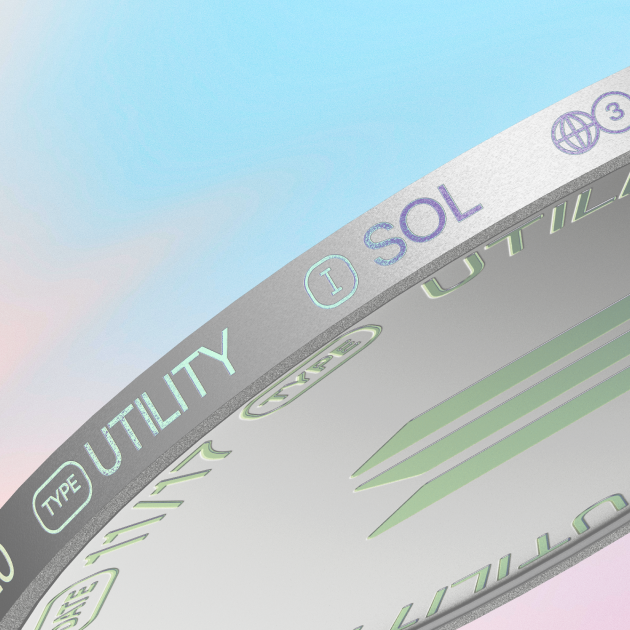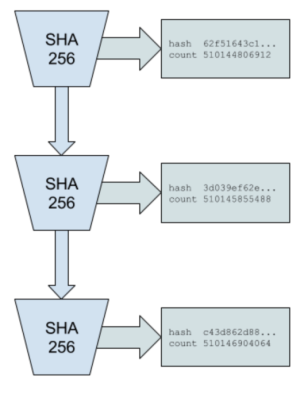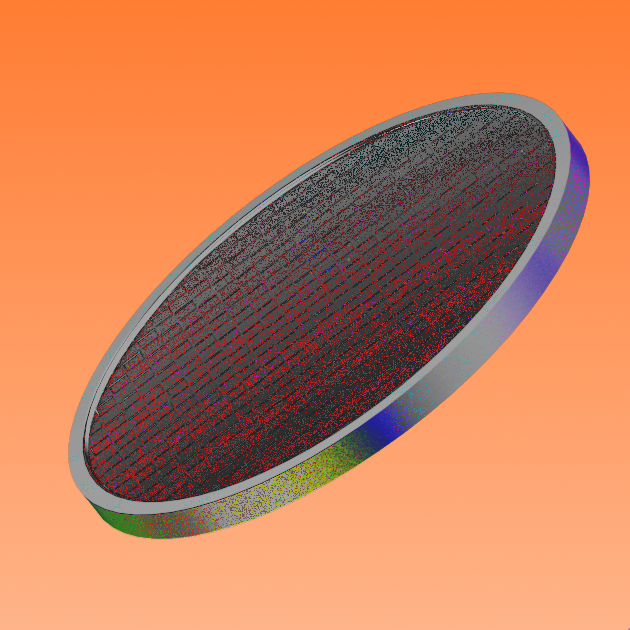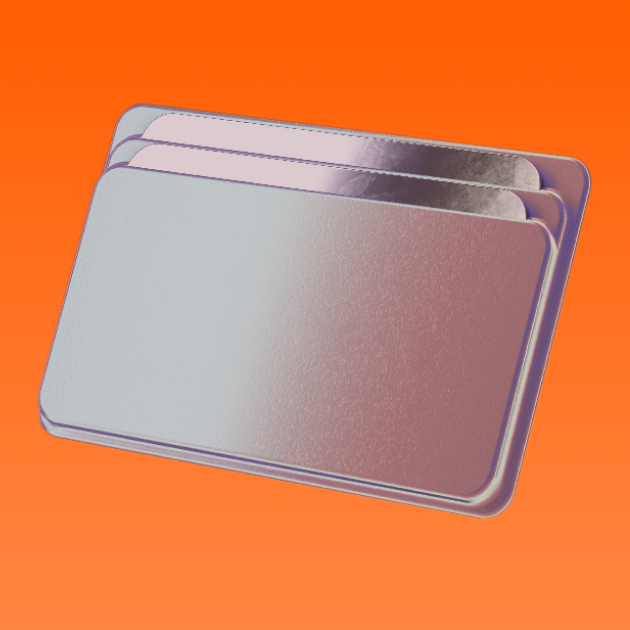What is SOL? An introduction to Solana
Solana has become one of the most-widely used blockchains due to its unique Proof of History that has allowed it to scale and bring mass adoption.
By Corey Barchat

In the last few years, many potential competitors to the Ethereum blockchain have emerged.
One popular alternative is Solana, a blockchain that has offered faster and cheaper transactions compared to Ethereum.
Although it has seen widespread adoption from users and businesses alike, the network has also faced centralization scrutiny and complaints about shut downs.
In this article, we explore the history of the Solana blockchain and the SOL token.
What is Solana?
Solana is an open and permissionless blockchain, serving as a platform for smart contracts and decentralized applications (dApps). With processing speeds of up to 50,000 transactions per second (and rumors of up to 200,000 by individuals on the network), Solana is one of the fastest blockchains in the crypto ecosystem today.
Most notably, Solana implements their unique Proof of History, which allows the network to scale more efficiently than other blockchains. With lightning-fast transaction speeds and minimal fees, Solana is quickly rising as a challenger to Ethereum to become a preferred blockchain of NFT marketplaces.
How is Solana different from other blockchains?
Solana was created as a high-performance Layer-1 blockchain, without depending on some of the larger existing blockchains like Bitcoin or Ethereum. Solana has already proven that it can scale like these networks, with no sharding or subcommittees necessary.
For example, on Solana, the minimum number of nodes required to maintain the network is larger than one ETH-2 shard. While sharded networks can require between 10-100 nodes, Solana has already surpassed 1000.
This allows the network to scale with speed while maintaining greater security, making it harder to attack the network in the same way that has happened to Ethereum in the past.

Solana does, however, share some similarities with these other blockchains. Like Ethereum, Solana also uses a Proof-of-Stake (PoS) consensus mechanism, in which validators secure the network by casting votes for the next blocks they believe should be added to the blockchain.
Through this process, any SOL token-holder can stake (or delegate) any number of their tokens to validators in order to add to their stake-weight. In this way, Solana is also similar to Ethereum in that the PoS is weighted in such a way that validators who stake more have greater influence in the vote to produce the next blocks.
What has set Solana apart has been the addition of its revolutionary Proof of History, which functions to bolster the performance of its Proof of Stake mechanism.
What is Proof of History?
Let’s say you wanted to prove to someone that an event occurred on or after a specific day. How would you provide the necessary proof?
Well, you might decide to take a picture of that day’s newspaper, showing the date. This is how Proof of History works on Solana, providing a snapshot of when events took place and serving as a trustless source of time for the network.
Solana’s Proof of History works as a cryptographic timestamp within each block, using historical records to prove that an event occurred at any point in time. These timestamps establish the order of events within each block to prove when transactions have occurred, distinguishing Solana from other blockchains that lack this mechanism.
Proof of History is critical with the scaling and efficiency of Solana, and also serves to prevent forks within the network. Blocks created at exactly the same time could potentially interfere with each other, much like a radio signal.
On Solana, any network participant can check to see how much time elapsed between events, eliminating excessive time and energy waste in re-validating prior events that are all recorded and time-stamped.

You can check out blockchain explorers like Solscan, Solana Beach, or the Solana Explorer for blocks, transactions, accounts, and more.
Who created Solana?
Solana was created in 2017 by Anatoly Yakovenko and a team of former Qualcomm employees. Anatoly wanted to create a censorship-resistant network that could connect creators and consumers in a global digital economy without relying on intermediaries or middlemen.
As Yakovenko once said on the Decrypt Daily podcast, “the vision for Solana was to build a blockchain that incorporated a source of time outside of network consensus.”
With a team that had decades of combined engineering experience in scaling and compression at Qualcomm and Dropbox, Solana’s early innovation was just that: encoding the passage of time in the form of data.
Solana quick facts
- Created by Anatoly Yakovenko
- 568M total coin supply
- 0.4 second finalized block time
- 1-2 second trade confirmations
- 50,000 TPS
Where is Solana going?
As NFTs continue to gain popularity, so too has the price of Ethereum gas fees. These so-called “gas wars” have led creators and consumers alike to pursue alternative blockchains to build and buy on.
Given its NFT friendliness, incredible efficiency, ability to scale, and swift transactions with minimal fees, Solana has a great chance to emerge as a serious competitor to Ethereum.
How to buy Solana
You can buy Solana via MoonPay or through any of our partner wallet applications with a credit card, bank transfer, Apple Pay, Google Pay, and many other payment methods. Just enter the amount of Solana (SOL) you wish to purchase and follow the steps to complete your order.
You can also top up your wallet in euros, pounds, or dollars and use your MoonPay Balance to purchase crypto like Solana (SOL). Then, simply transact for cheaper and faster SOL transactions with higher approval rates. Plus, enjoy zero-fee withdrawals directly to your bank account when you decide to cash out.
Where to store SOL
There are many wallets where you can store your purchased SOL, the most popular among them being the Solana-based web wallet Phantom. With Phantom, you can buy SOL directly with MoonPay as a featured fiat on-ramp. There are also mobile app wallet options to store SOL that include Trust Wallet and Exodus.
Once you purchase your SOL, there are many things you can do with it. You can “hodl” on your preferred wallet, send it to a friend, stake it to earn rewards, or interact with NFTs on the various Solana marketplaces.
How to sell Solana
MoonPay makes it easy to sell Solana when you decide it's time to cash out your crypto. Simply enter the amount of Solana (SOL) you'd like to sell and enter the details where you want to receive your funds.
Swap Solana for more crypto
Want to exchange Solana for other cryptocurrencies like Ethereum and Bitcoin? MoonPay allows you to swap crypto cross-chain with no processing fees (network fees apply), directly from your non-custodial wallet.






